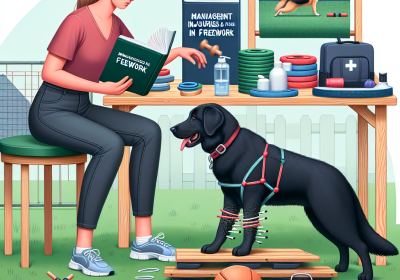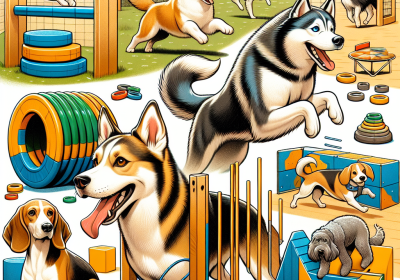How to Safely Increase Physical Demands in Canine Freework
Table of Contents
- Gradual Progression Techniques for Enhancing Canine Freework
- Implementing Safe Equipment and Environments for Canine Freework
Increasing physical demands in canine freework requires a careful and systematic approach to ensure the safety and well-being of the dog. Canine freework, which involves a variety of physical activities and exercises designed to enhance a dog’s fitness, agility, and mental stimulation, can be highly beneficial when done correctly. To safely increase the physical demands, it is essential to start with a thorough assessment of the dog’s current fitness level, health status, and any pre-existing conditions. Gradual progression, proper warm-up and cool-down routines, and close monitoring for signs of fatigue or discomfort are crucial. Additionally, incorporating a balanced mix of activities that target different muscle groups and skills, providing adequate rest and recovery periods, and ensuring proper nutrition and hydration will help in safely enhancing the dog’s physical capabilities while minimizing the risk of injury.
Monitoring Canine Health and Safety During Increased Physical Activity
When engaging in canine freework as a form of exercise for dogs, it is imperative to monitor their health and safety meticulously. This type of exercise, which involves allowing dogs to explore and interact with their environment freely, can offer numerous physical and mental benefits. However, increased physical activity necessitates a vigilant approach to ensure that the dog’s well-being is not compromised.
To begin with, it is essential to understand the individual health status of each dog before initiating any freework activities. A comprehensive veterinary check-up can help identify any pre-existing conditions that might be exacerbated by increased physical exertion. Conditions such as arthritis, hip dysplasia, or heart issues require special consideration, and a tailored exercise plan should be developed in consultation with a veterinarian.
Once a dog is cleared for increased activity, gradual introduction to freework is crucial. Sudden, intense exercise can lead to injuries or exacerbate underlying health issues. By incrementally increasing the duration and intensity of the activities, the dog’s body can adapt more comfortably, reducing the risk of strain or injury. During these initial stages, close observation is necessary to identify any signs of discomfort or fatigue.
Hydration is another critical factor to monitor during canine freework. Dogs can become dehydrated quickly, especially during vigorous activities or in warm weather. Ensuring that fresh water is readily available before, during, and after exercise sessions can help maintain optimal hydration levels. Additionally, taking breaks in shaded areas can prevent overheating and provide the dog with an opportunity to rest and recover.
Furthermore, it is important to be aware of the environmental conditions in which the freework takes place. Uneven terrain, sharp objects, or toxic plants can pose significant risks to a dog’s safety. Conducting a thorough inspection of the area beforehand can help identify and mitigate potential hazards. In urban settings, ensuring that the dog is kept away from busy roads and other dangers is equally important.
Monitoring the dog’s behavior and physical condition during freework is essential for early detection of any issues. Signs of overexertion, such as excessive panting, limping, or reluctance to continue, should be taken seriously. In such cases, it is advisable to cease the activity immediately and allow the dog to rest. Persistent symptoms may warrant a visit to the veterinarian to rule out any serious conditions.
In addition to physical health, mental well-being should also be considered. Canine freework can be mentally stimulating, but it is important to ensure that the dog does not become overwhelmed. Observing the dog’s body language and behavior can provide insights into their mental state. If the dog appears anxious or stressed, it may be beneficial to reduce the intensity or duration of the activity and provide a more controlled environment.
Finally, maintaining a balanced diet is crucial for supporting increased physical activity. Proper nutrition can enhance a dog’s energy levels and aid in recovery. Consulting with a veterinarian or a canine nutritionist can help determine the appropriate diet based on the dog’s specific needs and activity level.
In conclusion, while canine freework can be an excellent form of exercise for dogs, it requires careful monitoring of their health and safety. By taking a proactive approach and being attentive to the dog’s physical and mental well-being, owners can ensure that their pets reap the benefits of increased activity without compromising their overall health.
Implementing Safe Equipment and Environments for Canine Freework
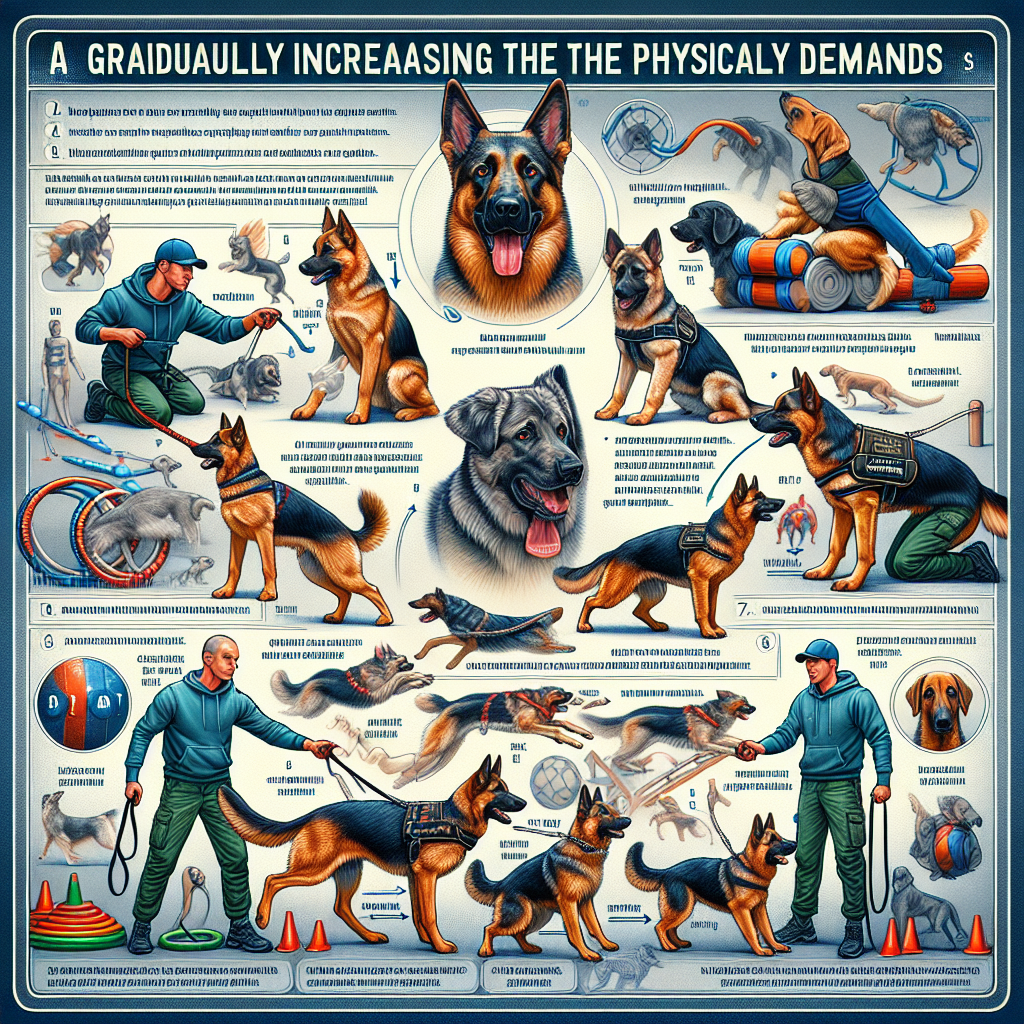
Implementing safe equipment and environments for canine freework is essential to ensure the well-being and optimal performance of dogs. As canine freework involves a variety of physical activities designed to enhance a dog’s agility, strength, and overall fitness, it is crucial to consider the safety aspects meticulously. To begin with, selecting appropriate equipment is paramount. The equipment should be specifically designed for canine use, ensuring it is durable, non-toxic, and free from sharp edges or small parts that could pose a choking hazard. For instance, agility tunnels, balance discs, and jump bars should be made from high-quality materials that can withstand the rigors of active use while providing a safe and engaging experience for the dog.
In addition to choosing the right equipment, the environment in which canine freework takes place plays a significant role in maintaining safety. The area should be spacious enough to allow for unrestricted movement, free from obstacles that could cause injury. A well-maintained, level surface is ideal, as uneven terrain can lead to sprains or other injuries. Moreover, the environment should be free from potential hazards such as toxic plants, sharp objects, or other animals that could distract or harm the dog. Ensuring a controlled and secure environment helps in minimizing risks and allows the dog to focus on the tasks at hand.
Transitioning to the actual implementation of freework activities, it is important to gradually increase the physical demands placed on the dog. This gradual progression helps in building the dog’s strength and endurance without causing undue stress or injury. Starting with basic exercises and slowly introducing more complex tasks allows the dog to adapt and develop the necessary skills and confidence. For example, beginning with simple balance exercises on a stable surface before progressing to more challenging tasks on an unstable surface can help the dog build core strength and coordination in a safe manner.
Furthermore, monitoring the dog’s response to the activities is crucial. Observing signs of fatigue, discomfort, or distress can provide valuable insights into the dog’s physical limits and readiness for more demanding tasks. It is essential to allow adequate rest periods between sessions to prevent overexertion and ensure the dog remains enthusiastic and engaged. Hydration and proper nutrition also play a vital role in supporting the dog’s physical performance and recovery.
Incorporating positive reinforcement techniques can enhance the effectiveness of the training while ensuring the dog remains motivated and enjoys the activities. Rewarding the dog with treats, praise, or playtime for successfully completing tasks can create a positive association with the exercises, encouraging the dog to participate willingly and with enthusiasm. This approach not only fosters a strong bond between the handler and the dog but also promotes a positive and enjoyable training experience.
Lastly, consulting with a veterinarian or a professional canine trainer can provide valuable guidance and ensure that the activities are appropriate for the dog’s age, breed, and physical condition. These experts can offer tailored advice and recommendations, helping to create a safe and effective training regimen that meets the specific needs of the dog.
In conclusion, implementing safe equipment and environments for canine freework involves careful consideration of various factors, including the selection of appropriate equipment, maintaining a safe environment, gradually increasing physical demands, monitoring the dog’s response, and incorporating positive reinforcement techniques. By adhering to these guidelines, handlers can ensure a safe, enjoyable, and effective training experience for their canine companions.
Read more about Canine Freework
Canine Freework and Physical Exercise
– The Physical Demands of Canine Freework
– Canine Freework as a Form of Exercise for Dogs
– How to Safely Increase Physical Demands in Canine Freework
– Combining Canine Freework with Other Forms of Exercise
– Managing Injuries and Fatigue in Canine Freework


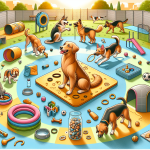
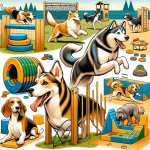
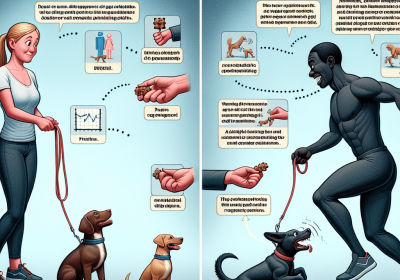
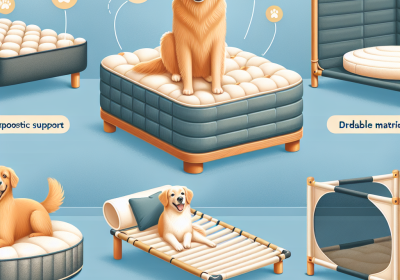
![The Dog Podcast Uncovers Startling Truths About What We Feed Our Dogs [Press Release]](https://narrativenest.com.au/wp-content/uploads/2024/08/canine-nutritious-food-400x280.jpg)
